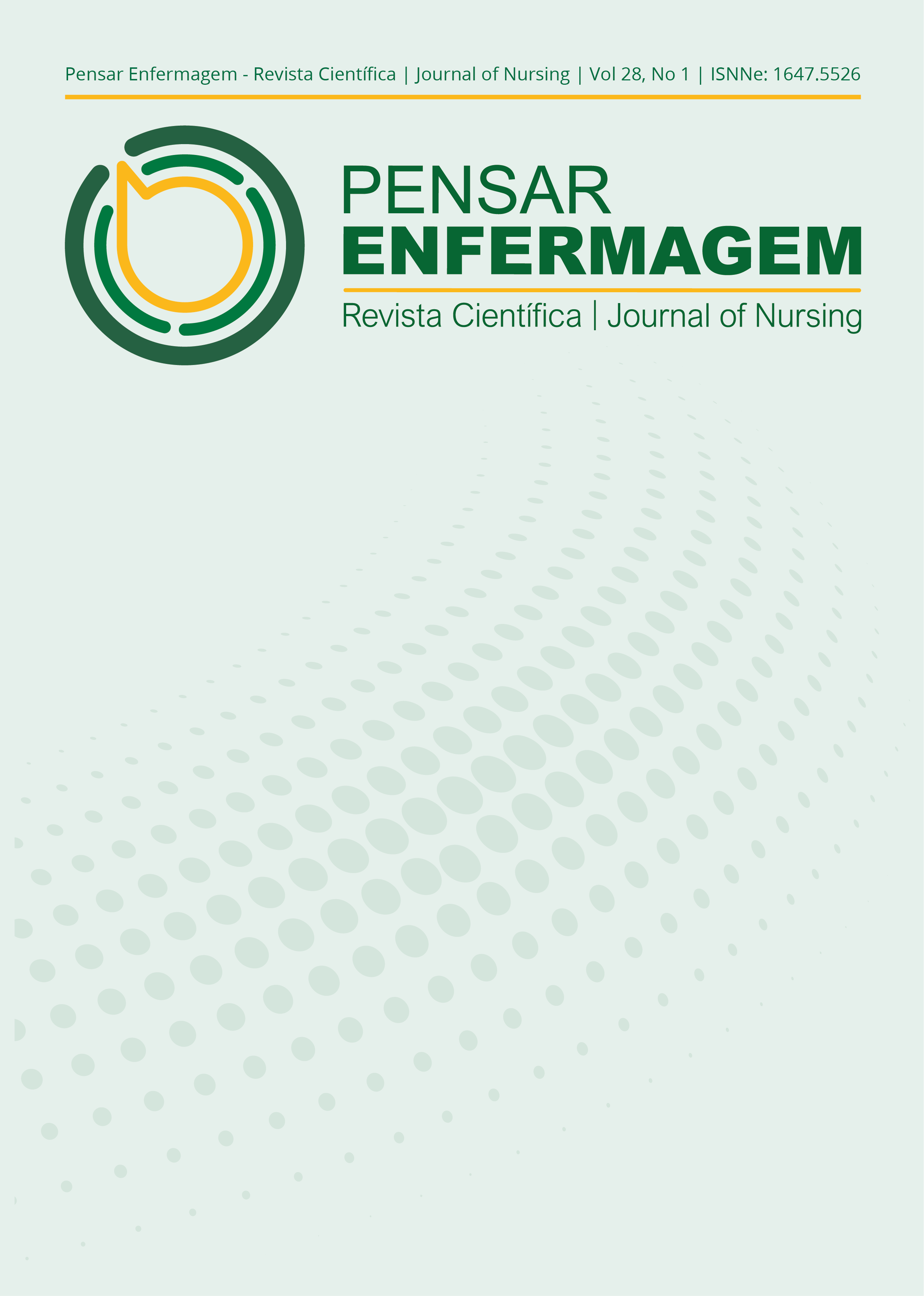Health Communication: in the Voice of Hospitalized Patients
Published 2024-10-09
Keywords
- Health Communication,
- Medical Assistance Team,
- Nursing Team,
- Patient Perspective
How to Cite
Copyright (c) 2024 Sonia Souza P., Silva Letícia Botelho, Rosa Daielle V.L., Ferreira Gabriele C.S., Reis Gislene A. X.

This work is licensed under a Creative Commons Attribution 4.0 International License.
Abstract
Introduction
Health communication plays a crucial role in the therapeutic process for patients in inpatient units. It is essential developing a strong bond between healthcare professionals, patients, and/or their companions. Poor communication can lead to treatment complications, affecting the patient and the healthcare team.
Objective
To investigate patient's perception of health communication.
Method
This study used a quantitative approach with patients over 18 hospitalized for more than 24 hours in a high-complexity hospital in the northwest region of Paraná, Brazil.
Results
A total of 98 patients participated, 58% of whom were women, with an average age of 66,4 years and 6,6 years of education. The average length of hospital stay was four days. Patients rated communication as satisfactory with the medical team (93,9%) and nursing staff (96,9%), 63,3% understood the reasons for laboratory tests, and 77,6% were questioned about allergic reactions. Areas identified for improvement include scheduled treatment (16,3%), the need for laboratory tests (59,2%), and information about possible medication side effects (31,6%).
Conclusion
Patients’ perceptions of communication were generally positive. However, we identified some weaknesses that could lead to care failures.

